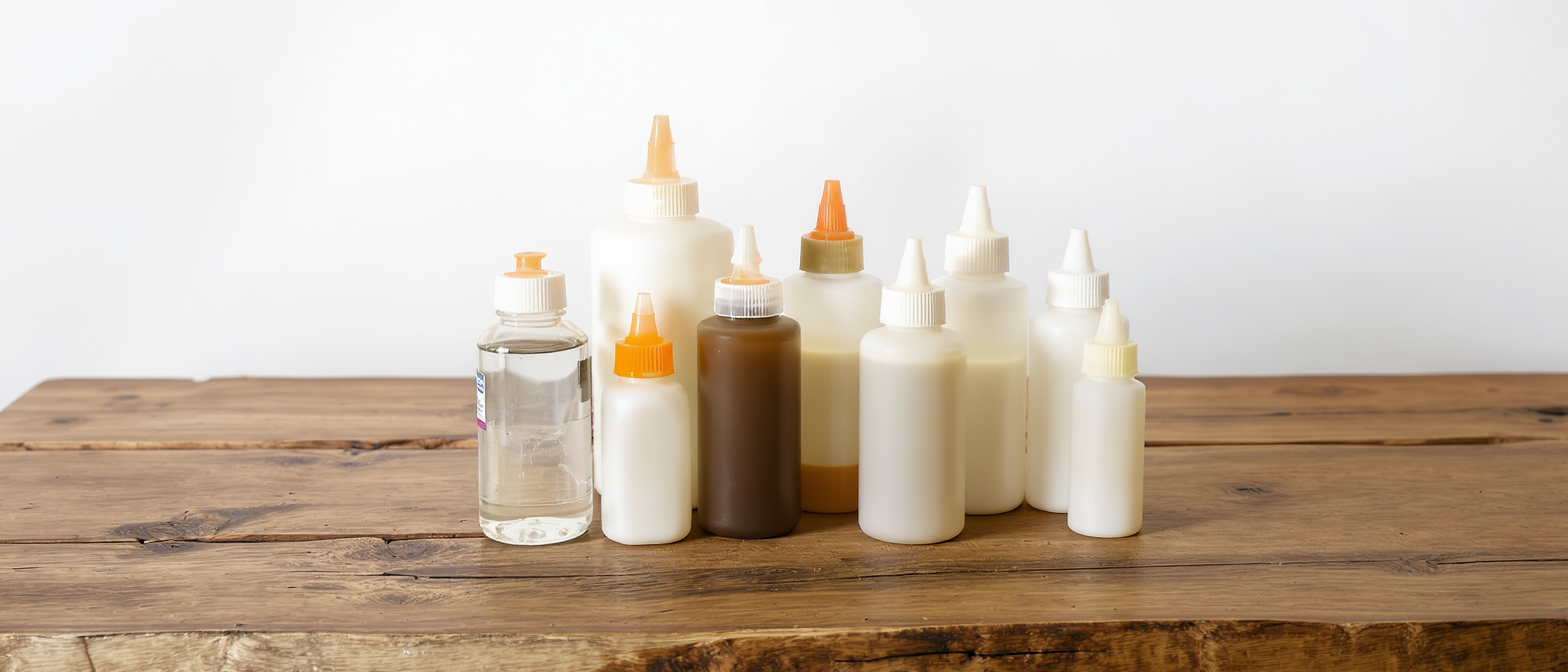Introduction to Adhesive for Flocking Process Raw Materials
Published Date

Flocking Adhesive: The Indispensable Key Material in Flocking Process
Flocking adhesive is a crucial material in the flocking process, with its performance directly affecting the quality and effectiveness of flocked products. As flocking technology finds widespread applications in clothing, home textiles, crafts, automotive interiors, and many other fields, the performance requirements for flocking adhesives have also become increasingly stringent.
Types and Characteristics of Flocking Adhesives
Classification by Nature
1. Water-Based Adhesive
Uses water as a solvent, offering advantages such as environmental friendliness, non-toxicity, odorlessness, and non-flammability, meeting modern environmental standards.
Low viscosity, easy flow, good processability, suitable for various fabrics, and compatible with multiple processing methods.
Common types include water-based polyurethane emulsions and acrylic emulsions.
- Polyurethane emulsions*outperform acrylic emulsions in wear resistance, low-temperature flexibility, and organic solvent resistance but are more expensive.
- Acrylic emulsions are cost-effective but have relatively weaker performance.
- Widely used in garment flocking due to its harmlessness to human skin and comfort in wear.
2. Solvent-Based Adhesive
- Uses organic solvents, offering benefits such as low curing temperature and fast drying.
- Disadvantages include high pollution, fire hazards during drying, and volatile organic compounds (VOCs) harmful to health and the environment.
- With increasing environmental regulations, its use is gradually being restricted.
- Still employed in some craft flocking applications where rapid curing is needed and environmental standards are less stringent.
Classification by Composition
1. Polyurethane (PU) Flocking Adhesive
- Advantages: Cures at room temperature, easy to apply, water-resistant, wear-resistant, shockproof, and fatigue-resistant.
- High solid content, suitable for brushing or spraying, fast drying, ideal for industrial assembly lines.
- Examples:
- TS-806A PU Adhesive: Single-component, moisture-curing, strong initial tack, fast curing, suitable for brushing/spraying and room-temperature molding. Used in composite materials for structural and decorative applications.
- TS-806B PU Adhesive: Two-component, water-based, thermally activated bonding, high-temperature resistance. Used in **automotive interior panels and trim parts** via spray coating, vacuum forming, or hot pressing.
2. Acrylic Flocking Adhesive
- Based on acrylate polymers, offering broad applicability, readily available raw materials, ease of use, low cost, and pollution-free properties.
- Provides excellent adhesion to substrates and flock fibers, ensuring wear resistance, water resistance, solvent resistance, and breathability.
- Example: A low-temperature-curing polyacrylate adhesive synthesized with MMA (hard monomer), EA/BA (soft monomers), NMA/AA (crosslinking monomers), OP/SDS (emulsifiers), and ammonium persulfate (initiator).
- Cures at 100°C for 7 minutes* producing flocked products with **excellent softness**, meeting the **FZ/T 64011-2001 "Electrostatic Flocked Fabric"** standard.
Classification by Curing Mechanism
1. External Crosslinking Adhesive
- Contains functional groups (e.g., -COOH, -C-NH₂, -NH₃) that react with external crosslinkers (e.g., N-methylol acrylamide).
- Forms a networked film during curing, firmly anchoring flock fibers to the substrate.
- Requires pre-mixing with crosslinkers/catalysts before use.
- Short pot life—must be used immediately after mixing, as premature crosslinking at room temperature can affect performance.
2. Self-Crosslinking Adhesive
- Contains self-reactive groups (e.g., -CH₂-OH, epoxy, N-methylol acrylamide) that enable internal crosslinking.
- Longer shelf life compared to external crosslinking adhesives.
- Adding a small amount of crosslinker can enhance crosslinking density, improving flocking fastness.
